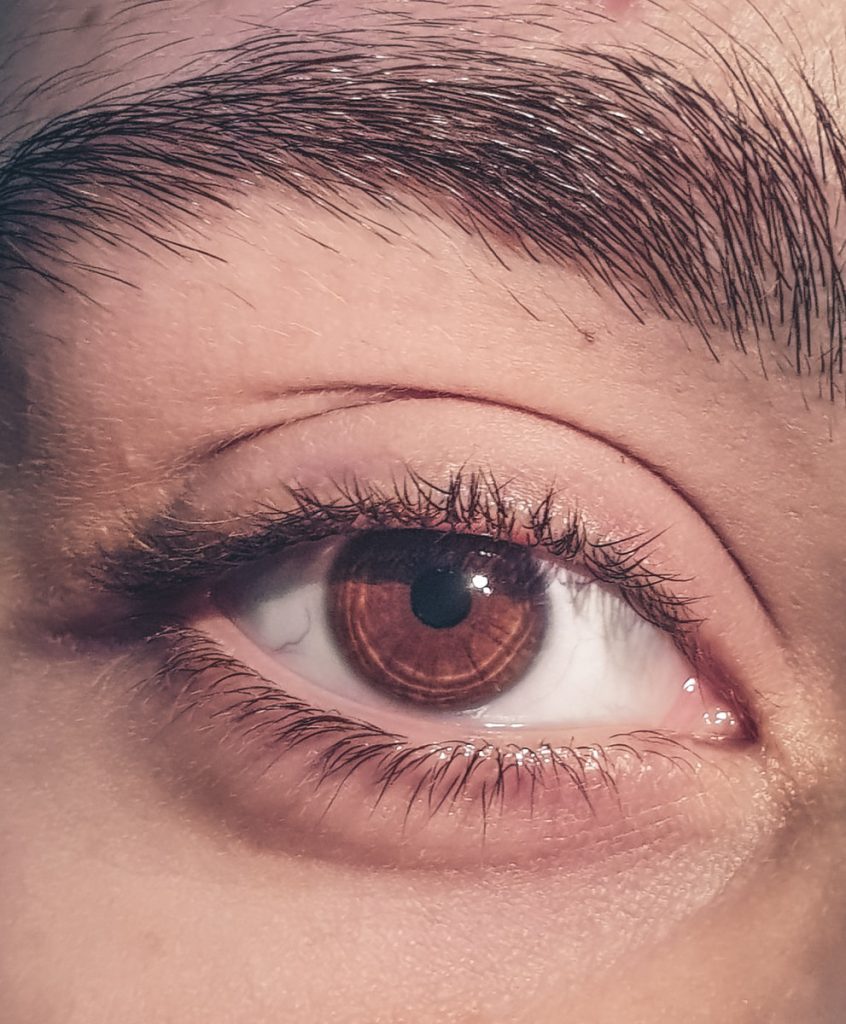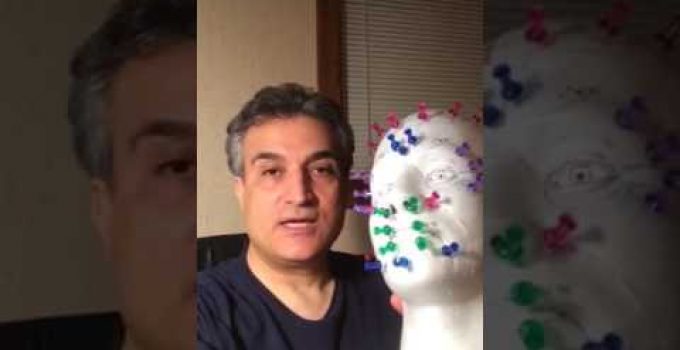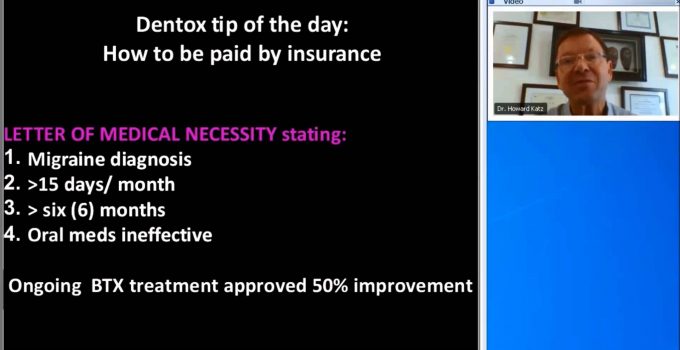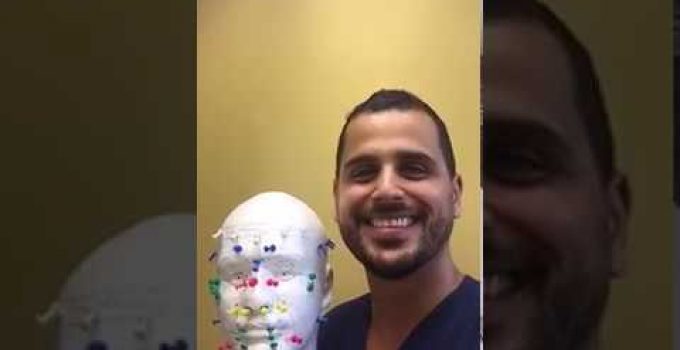 Chin filler can significantly impact the overall look of the chin and face, including its size, shape, softness, and masculinity. You won’t believe the results of chin filler if you look at before and after images. Much more dramatic results are possible with the use of a filler along the jawline.
Chin filler can significantly impact the overall look of the chin and face, including its size, shape, softness, and masculinity. You won’t believe the results of chin filler if you look at before and after images. Much more dramatic results are possible with the use of a filler along the jawline.
When it comes to chin filler injections, how does it all work out? Here’s a peek at how things progress from start to finish.
Before the Nonsurgical Chin Augmentation Procedure
To get the most out of their dermal filler chin augmentation procedure, patients need to do some homework ahead of time. The patient should cease taking aspirin and NSAIDs, such as Motrin, Aleve, and Advil, approximately a week before the scheduled injection. It’s also critical to stop using dietary supplements that exacerbate bleeding or bruising. These foods include cod liver oil, flax oil, garlic capsules, vitamin A and E, and other supplements. As a further precaution, the patient should not undergo any other cosmetic procedures, such as chemical peels, in a week or two before the injection of the chin and jawline filler implants.
Having makeup on can make treatment more difficult, lead to undesirable results, and raise the risk of infection. Therefore patients should avoid it when they arrive at the appointment. Before treatment, if any makeup is on, it should be removed.
In addition, patients scheduled to have dermal filler therapy should abstain from ingesting alcoholic drinks for at least 24 hours before their operation.
Treatment for Chin and Jawline Fillers
Most dermal filler injectors offer a contemporary, friendly setting that may not appear like a typical medical office at all. The injector needs to describe the operation to the patient before beginning, outlining exactly what will be done and reassuring the patient that the discomfort level would be minimal. Before and after pictures of chin and jaw fillers might assist the patient know what to anticipate.
To ensure the patient’s comfort, the injections themselves should be performed with care. For the non-surgical chin augmentation process to be completed, they must realize that many injections are required over a period of time.
An accurate assessment of the treatment’s outcome might take as long as 14 days. Two weeks after the initial jawline and chin filler treatment, it is possible to assess whether additional treatment is necessary. The filler can last anywhere from a few months to two years, so patients need to understand that the results aren’t permanent.
It is typical for the patient to experience swelling, bruising, or pain. To get the greatest results, avoid exposure to the sun, heat, tanning beds, facial massages, and excessive cold. A two-day no-exercise period is recommended.
The Upsides of Chin Filler
Dermal fillers provide several advantages over surgery for patients, such as:
- There is no downtime, so people may immediately get back to their jobs or other activities.
- General anesthesia is not required; just topical numbing will suffice
- The majority of the outcomes may be seen right away
- Touch-up treatments can help preserve or enhance the appearance of your skin
- It’s a lot less expensive than chin surgery
- Allows individuals contemplating a chin implant to visualize the final result
- There’s a whole lot more
Radiesse and other dermal fillers can also be used to smooth wrinkles, give volume to the jawline, improve cheekbones, and even make hands appear younger and more slender when receiving cosmetic treatments for a weak chin.
In order to perfect the art of dermal filler and Botox injections, you must study under the most experienced practitioners. Dr. Howard Katz offers in-person, online, and on-demand courses to meet any schedule, and there is no better training firm in the United States.












